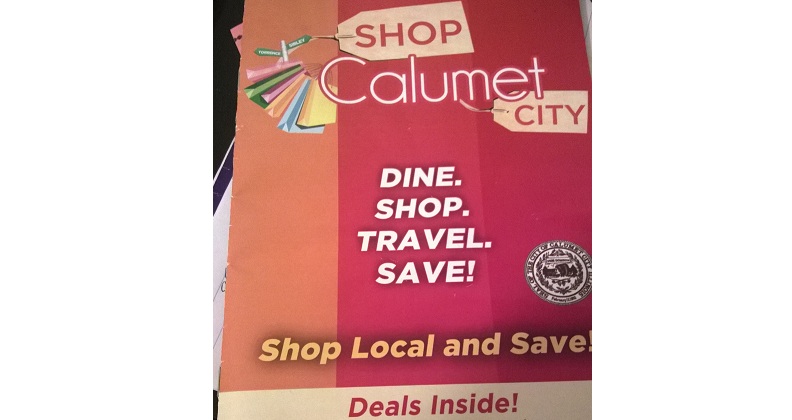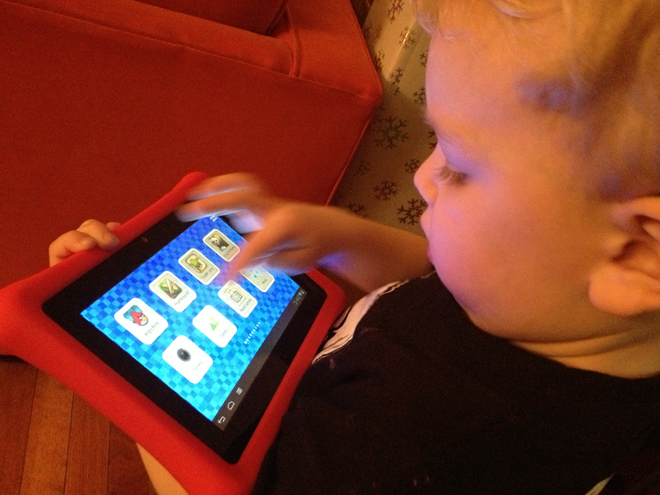Yesterday’s article prompted response from one of my readers. We’ll call him John. He asked how he can apply the shortcut principle to his reflexology practice, which offers long-term solutions to clients. What follows is my response, almost verbatim.
—–
A few things come to mind with regard to the shortcut angle. First, let me say that I think your website copy is pretty strong. Addressing the issue up front is almost always a good idea, and I think in your case, it’s absolutely essential.
Now…
There are plenty of products and services that don’t start working right away, right? Even things like medication don’t solve root problems instantly. It’s all about setting expectations. Which is what you’ve started doing on your website. It would probably be helpful to position your services as longer-term processes, just like any other health-related issue. No one gets 6-pack abs in one workout session, right?
One idea that would be particularly effective, I think, would be to give the client something on your first visit that would have an immediate impact. Let me throw a few things out there; your brain can fine-tune and make applications that will work best for you:
- Your pre-service consultation is a brilliant idea. Even if it wasn’t necessary, it would be a great idea. If you don’t already do this, you can use that time to come up with a quick (use a template) action plan that shows them the many things that are negatively impacting their health and causing pain/discomfort, things they may not even realize are causing problems. Tell them something shocking or interesting they didn’t know about themselves, their lifestyle or routines.
- Of course, in that action plan, you recommend 6 weeks of treatment. Maybe you even use a coupon of some sort to get them to take you up on the 2nd session.
- You could create a comprehensive report or booklet that contains highly-useful insights that show the clients the benefits, create realistic expectations in their minds that decrease the likelihood that they’ll give up after the first visit. Education-based selling, per Chet Holmes’ model.
- Have you seen those pamphlets doctors give to expecting mothers showing them what’s going on with their bodies and babies over the course of their pregnancy? Can you show/tell clients what begins happening with their bodies during the first session, then what continues happening as they move forward with future treatments? Even if they can’t sense the improvement, if you show them what’s going on and what benefits are beginning to accrue that they’ll see in week 5 and 6, I think they’d be less likely to give up so easily.
- Is there something you can do that will make them feel good right away? You mentioned that there are pain medications that will give instant relief, even though they don’t fix anything. What if you had a 10-minute massage to get the client relaxed? People spend big money on massages just for the stress relief and relaxing effect. They often set regular appointments.
- Maybe massage is unrealistic, but you see what I’m driving at. You could offer clients mind-blowingly delicious lemonade while they wait, and if it’s good enough, that might be what gets them to say “Hey, I’ll come back next week.“
- You may recall the study Cialdini referred to in Influence where gas stations gave a punch card to their customers. One gave a card offering every 8th car wash free, or something. The other offered every 10th one free, but they punched the first 2 spots when they gave the card to the customer. That jump-start toward a goal caused a greater degree of commitment and desire in the customers at the second gas station. The increase in response was remarkable. I don’t remember the details very well, but you see the point. What can you do to get clients to commit in their minds to investing in their own health and well-being by coming back to see you enough times to get the full benefit?
- You have testimonials. Can you get video testimonials? Or at least pictures to go with the written ones? Either one of those upgrades will add more credibility and impact to your website.
- Do you have any long-term clients? Can you start offering them incentives to spread the word? If they personally recommend your services to people who like them, some of that “liking” will rub off on you. They can also explain that the full effect takes some time to come about, reaffirming the expectations we want to set.
- You could try having those long-term clients can refer people by saying something like this. “I’m taking care of the persistent back pain I used to have by visiting (business name). If you need some relief, I think I can get you an appointment, but I’ll only give you his number if you’re prepared to take the process seriously. This isn’t a one-and-done process. John can’t afford to spend his valuable time on building foundations for people who never finish the construction” That’s a bit of an aggressive approach, but it’s effective.
Your services may not be a shortcut in terms of time, but they require less risk than surgery, less side effects than medications and less pain than ignoring the symptoms. When you think of it that way, you’re offering a shortcut through some very undesirable stuff to a better life in less than an hour a session. Sounds good to me!









